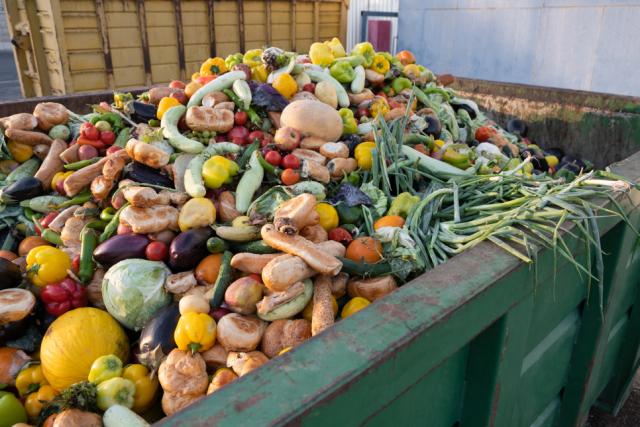Modeling the Economic Effects of Food Waste Reduction Along the Food Supply Chain
WP1 in the ZeroW project is working to develop a high-level economic model encompassing the food supply chain actors. Here you can read about the progress and the scope for the model.
By Frank Pijpers and Dušan Drabik, Wageningen University, The Netherlands

Food loss and waste (FLW) occurs at every stage of the food supply chain and results from market agents optimizing their behavior (e.g., producers striving to maximize profits) under prevailing market conditions.
Empirical evidence shows that food loss at the producer (farm) level is a major problem in developing countries, while in developed countries, it is the final consumers who generate most food waste (Lopez Barrera and Hertel, 2021).
Given that market agents are unlikely to change their FLW behavior without public or private interventions, it is important to devise a model that would help us understand the economic process of generating FLW (e.g., direction, magnitude, direct and indirect effects) along the food supply chain stemming from intervention at any stage of the chain as well as quantify to what extent is it realistic to achieve the objectives of reducing FLW set by policymakers. The partial equilibrium economic model we are developing in WP1 of ZeroW project will provide answers to these questions.
Central agents in the food supply chain
Our model includes the most important and typical parts of the food supply that are represented by representative economic agents. More specifically, we have
- the final consumer who consumes food at home but also away from home (e.g., in hotels or restaurants)
- retailer and food service
- processor
- transportation, handling, and storage
- producer (farm).
At the farm level, there are pre-harvest (pre-production for non-crop agricultural products), harvest (production), and post-harvest (production) losses. Pre-harvest losses stem from uncertain events like pests, diseases, bad weather, or low prices at harvest.
All economic agents either maximize their profits or the utility of consumption (consumer), given the constraints they face. The model also takes into account a net trade position of a country, as this might be an important factor for some commodities.
Food loss and waste abatement cost function
A novel and important feature of our model is a detailed specification of the food loss and waste abatement cost function at every stage of the supply chain.
This cost function captures all internal costs of economic agents when they decide on how much FLW to generate. These costs do not include purchase or processing costs nor the cost of disposing of the food waste. They represent the cost of taking actions toward reducing FLW (e.g., the opportunity cost of time due to more frequent food store visits, or cost associated with more careful food preparation, or the cost of buying better devices to preserve the food and food commodities).
Our model recognizes that an individual can affect the FLW abatement cost not only by choosing the optimal rate of FLW but also by deciding how much to produce or buy; that is, we also capture the scale effects.
Modelling of changes in the unavoidable rate of food waste
Last but not least, we can explicitly model changes in the unavoidable rate of food waste (think of a prune stone or a banana peel, to name just a few examples) and how these affect the optimal choice of avoidable food waste.
Clearly, technological advances are likely to reduce the share of unavoidable food waste, as are new cookbooks that present recipes that use a lot of food waste that many people currently consider unavoidable.
Future focus
Until now, we have been working on the consumer part of the model (important in developed countries, such as the EU) and on the sub-models for the agents in the middle of the supply chain.
In the coming weeks, we will focus on developing the producer part and integrating individual stages into one model in which all agents are linked through the (endogenous) market prices and supply-purchase quantity relationships.
The final version of the theoretical model will be available in December 2023, after which we will proceed with the empirical part, that is, feeding the model with concrete data for selected (aggregates of) commodities and running the policy simulations in close cooperation with WP8.
Useful tool for policymakers, food industry representative and researchers
Since our model presents a more granular treatment of the food supply than bigger economic models (e.g., MAGNET) and contains very concrete ways of affecting the FLW behavior of the involved agents, it will be a useful tool for policymakers, food industry representatives, and researchers studying the ways curb FLW.
Our model can, for example, shed more light on the cost efficiency of various FLW reduction interventions and whether or not the stated policy goals can realistically be achieved.
Reference: Lopez Barrera, E., Hertel, T. (2021). Global food waste across the income spectrum: Implications for food prices, production and resource use. Food Policy (98). https://doi.org/10.1016/j.foodpol.2020.101874










